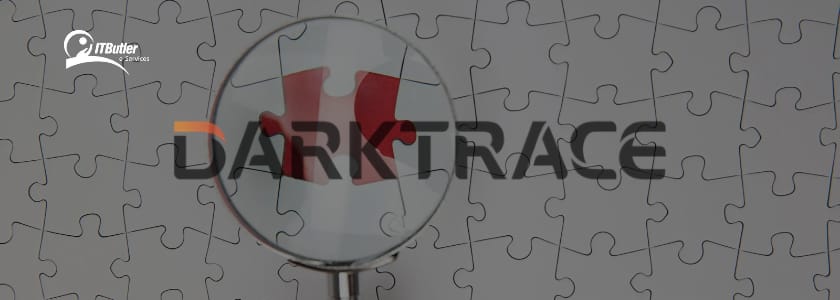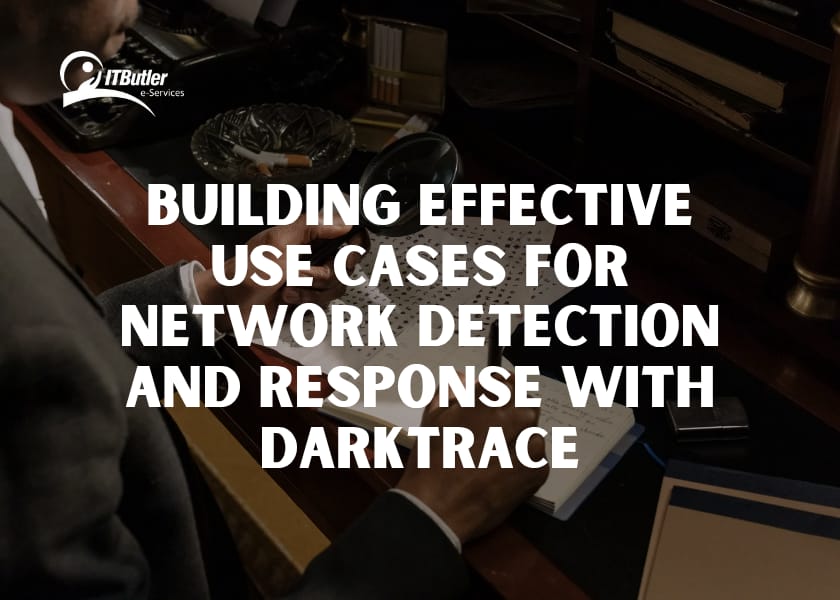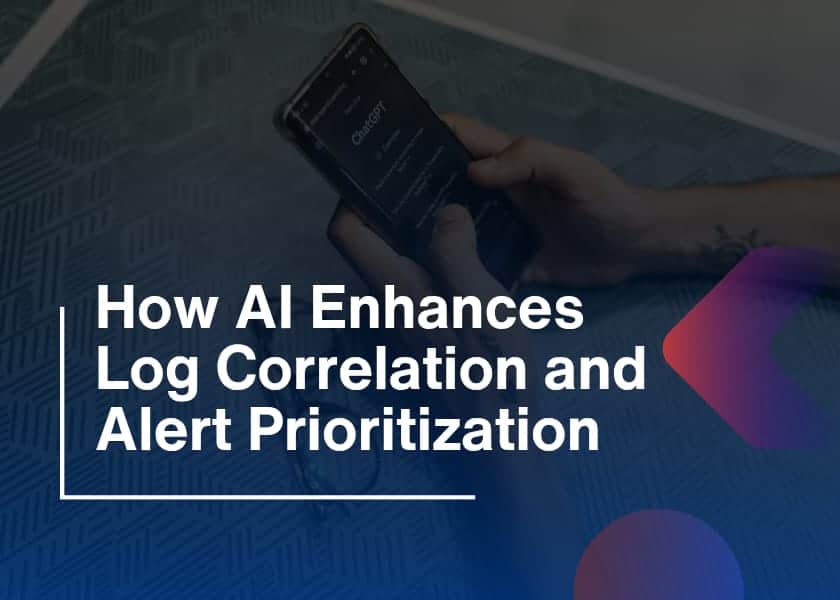Cybersecurity threats are advancing at an alarming rate. Therefore businesses are not only concerned about data theft but also about malware outbreaks. Security of information and business continuity demand better technologies. So this is where Network Detection and Response (NDR) solutions such as Darktrace come into play. Darktrace employs artificial intelligence-based technology to watch, analyze, and protect network traffic. Thus, this blog focuses on best practices regarding use cases for NDR with Darktrace.
Here we will talk about what it is, how it can be implemented, and provide some examples to illustrate its application by business firms.
How to Build Effective Use Cases for NDR with Darktrace
Step 1: Define Security Goals
Before using Darktrace, businesses need to understand what they intend to accomplish. As what are their common goals include:
- Detecting Insider Threats: Monitoring unwanted internal events like attempting to access a restricted file.
- Protecting Sensitive Data: However, it includes discovering database connections and file transfer leaks.
- Preventing Ransomware Attacks: Some signs can help security specialists determine file encryption patterns as early as possible.
- Securing Remote Work: Further, securing the VPN connections and the right to remote login.
- Monitoring IoT Devices: Moreover, the preservation of weak smart devices and sensors.
Step 2: Normal Network Behaviour
How Darktrace works shifts the focus of monitoring away from ‘abnormal behaviors’ to ‘abnormality relative to baseline’. Therefore, businesses must analyze:
- Traffic Patterns: Who accesses the systems and the files regularly?
- User Behavior: Moreover, monitoring when users log in to the application what are considered expected tastes from their activities?
- Data Movement: What is the daily throughput and where does it go?
- Device Communication: Lastly, which devices exchange data and in what protocols?
Step 3: Configure Alerts and Rules
However, filter different Darktrace alerts to ensure that the received notifications do not increase the level of noise and false positives. Thus, focus on:
- Failed Login Attempts: Monitor constant failures that could be associated with brute force attacks.
- Unusual Data Transfers: Further, mark large files for unknown servers.
- Anomalous Access Times: Track login activities outside working time or from unknown locations.
- Malicious Email Attachments: Hence, scan the attachments for malware.
Step 4: Focus on High-Value Assets
Furthermore, prioritize the monitoring areas where attacks could cause maximum damage:
- Financial Databases: Guard your and your customers’, partners’, and suppliers’ payment and transaction data.
- Intellectual Property: However, the fourth step involves screening the access granted to designs, patents, or trade secrets.
- Cloud Storage Services: Be careful with new downloads or deleted files.
Step 5: Regular Testing and Updates
One should mimic cyberattacks to evaluate Darktrace’s actions. As updated policies based on:
- New attack techniques.
- Regarding the strategic management of networks. So the following are some of the worthy points to note:
- The dynamics of the actors and the networks they operate in.
- Security audit findings.
Use Cases for NDR with Darktrace in Real-World Contexts
1. Insider Threat Detection
A conspiracy is when an employee downloads a tremendous amount of data that is supposed to be confidential.
Darktrace Approach:
- However, it Identifies similarities with downloads other than the normal activity of an employee.
- So this is automatic and it isolates the user’s device to prevent any further activity on the hackers’ part as regards data theft.
- Further records the activity for investigation and whenever reporting compliance issues is deemed necessary.
Outcome: Thus, reduced the instances of loss of sensitive information and insider threats.
2. Phishing Attack Response
An employee receives a phishing email and opens the link within it, his device gets infected.
Darktrace Approach:
- Detects an unusual flow of traffic from the infected device towards other online servers.
- Through the Antigena module, it can block any IP address that seems to be suspicious.
- Moreover, it reminds the security team to do a malware crawl on the system.
Outcome: To some extent prevented the spread of the malware.
3. Ransomware Prevention
Ransomware attacks involve the encryption of important files.
Darktrace Approach:
- Considers file encryption as a type of behavior change detection.
- Then they quarantine the affected devices to reduce the chances of the malware spreading within your system.
- Further, raises alarms and response decision-making protocols for quicker resolution.
Outcome: Protected the company from ransomware attacks and prevented data loss at the company.

4. IoT Device Security
A smart security camera is connected to its unknown server.
Darktrace Approach:
- However, it marks the connection as a suspicious one since most are not like that.
- Suspending communication with the corresponding server.
- Thus, records the activity for further analysis and more information gathering.
Outcome: Kept the attacker from installing malware on vulnerable IoT devices.
5. Zero-Day Attack Detection
An old but previously unseen weakness is used to gain unauthorized entry to systems.
Darktrace Approach:
- Identifies unwanted traffic related to the Exploit.
- Is designed to isolate infected equipment to prevent the execution of such an attack.
- Records network traffic for analysis after an incident has happened.
Outcome: Thus, the least of the damage and facilitated speedy probing.
Advanced Guidelines for Implementation
- Enable Threat Intelligence Feeds: Use the external threat databases to upgrade the precision of Darktrace.
- Segment Networks: However, it minimized the usage through the establishment of a restricted area for specifically sensitive apparatus.
- Automate Incident Response: Thus, employ the Antigena module for proper response in order not to involve a human being.
- Train Teams Regularly: Brief employees regarding new trends in cyber security as well as new features existing in Darktrace.
- Analyze Incident Reports: In the identification of patterns, one should use logs and alerts to prevent future ones.
Conclusion
Hence constructing use cases for NDR with Darktrace is a strategic way to enhance your organization’s cybersecurity model. Darktrace protects organizations against threats that are already known. As well as new and emerging threats due to its artificial intelligence-based detection and response functions. So with these self-learning algorithms at their disposal, businesses can then constantly maintain an eye on the activity in the network.
Thus, the idea behind the use cases for NDR with Darktrace remains a strategic one and should be applied to the most significant risks. These use cases can be further customized to protect enterprise data, oversee IoT devices, and address compliance needed in some fields.





